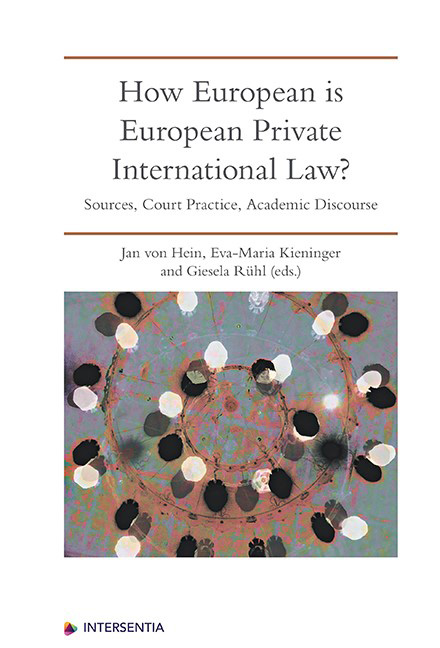Interaction Between EU Regulations and Member State Codification of Private International Law: From Patchwork to Network
Published online by Cambridge University Press: 22 December 2020
Summary
INTRODUCTION
THE RELATIONSHIP BETWEEN EU AND MEMBER STATE PRIVATE INTERNATIONAL LAW
The adoption of new legislation on Private International Law in the EU generally arouses much academic interest. New regulations in particular swiftly become the subject of analysis and commentary, which provide interpretation and reflective criticism as well as more practically oriented explanations to assist courts, lawyers and citizens with the application of the new rules.
The detailed examination of the integration of these new EU rules in the Member States’ legal systems, and the relationship between both, is more rare. To a certain extent, this lack of academic attention is easily understandable: EU law, including Private International Law, enjoys primacy over national law and it is most often attributed direct effect. The combination of both essential characteristics strengthens the effectiveness of the new rules, but makes many consider that their effective implementation and application in the Member States’ legal systems follows quasi-automatically. This is, however, not entirely true. Even where regulations are concerned, which are directly applicable according to Art. 288 of the Treaty on the Functioning of the European Union (TFEU), it is often a delicate operation to embed them smoothly in the Member States’ legal systems. It is on this relationship between EU and Member State Private International Law that this chapter focuses.
As discussed in this chapter, this relationship can be improved in several respects. Ideally, it should be approached as mutual interaction in a European network of Private International Law that is transparent, effective and harmonious.
THE EUROPEAN UNION
EU Private International Law is a very broad concept, as it encompasses all kinds of impact of both primary and secondary EU law on the Member States’ conflict of laws systems sensu lato. The discussion in this chapter is limited however, insofar as the EU's side is concerned, to the examination of the impact of the regulations on Private International Law as they have been adopted by the competent EU institutions on the basis of Art. 81 TFEU and earlier on the basis of former Art. 65 EC Treaty.
- Type
- Chapter
- Information
- How European is European Private International LawSources, Court Practice, Academic Discourse, pp. 61 - 110Publisher: IntersentiaPrint publication year: 2019



